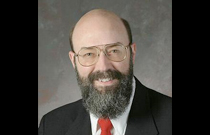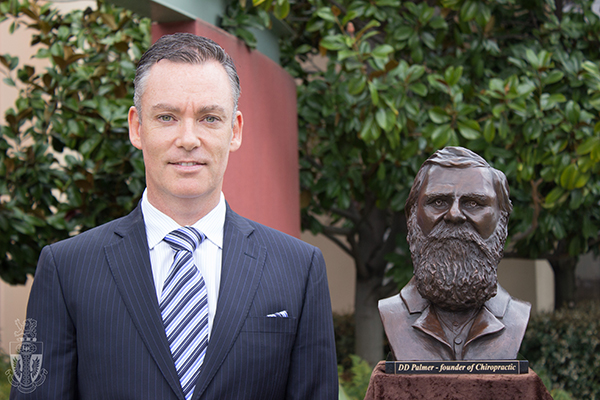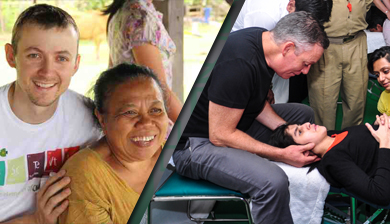This journey began in 2003 when my dad and I went skydiving to celebrate my high school graduation. I had thought about skydiving for years and was taken by the idea of flying through the air and the trust skydivers have in themselves. Sitting in that old Cessna, about to exit the plane for the first time, I was terrified – and I fell in love at the same time.

Skydiving is such a pure form of enjoyment. I have grown to love all the elements of the sport; the camaraderie, human body flight and flying fast parachutes.
I’m not an adrenaline junkie by any means. Adrenaline goes away.
I approached learning skydiving like any other sport; the more I understood the skill involved, the more I wanted to get better.
Imagine you are going 80 mph down the freeway and you stick your hand out of the car. As you tilt your hand from side to side, the wind drives your hand and arm back and forth. Now imagine you are going 150 mph and every surface on your body is driving you in a direction. You must pay attention to your breath, your chest, and everything in between from the way you move your shoulders to the way your flex your toes. It requires an extremely high level of precision and body awareness to fly with control.
Skydiving has given me nearly indescribable experiences. I have jumped from a Huey helicopter at the sound of a horn and raced three other wingsuit pilots in a slalom race that involved diving and flying around pylons suspended from other helicopters. I have dragged the tip of my wing through the glistening icy sheen on the side of a cloud at over 120 mph, watching my shadow dance across the ice crystals while as I carving around.
But I didn’t start there.
I started in a little drop zone, jumping out of Cessna 182s. It wasn’t long before I was BASE jumping as well. BASE jumping is different from skydiving, which is jumping from an aircraft. BASE is an acronym that stands for Building, Antenna, Span (bridge) and Earth (cliff). These are the four elements are BASE jumper leap from. The equipment is also different because it uses a single parachute system and has no “back up” parachute available like I do in a skydive. A BASE parachute is packed VERY carefully because in this kind of jump we deploy our parachutes so close to the ground and there is no time for a second parachute.

I began BASE jumping every chance I could. As I gained experience I co-lead my first Arctic expedition at the age of 22, to Baffin Island, Canada. I co-lead my second expedition a year later. It was there – camped out on the sea ice in the fjords with 6000 foot cliffs surrounding me – that I was inspired to learn to fly wingsuits. Without even jumping, being in the fjords of Baffin was an adventure. I have never felt so small as watching an arctic storm blow through, with nothing but rock and ice in sight in every direction. It’s a humbling feeling to know that you are not the top of the food chain in a place where wild polar bears roam.
By then I had moved to California. I spent two years flying wingsuits and I went back to Baffin Island in 2010. I did my first wingsuit BASE jump off the same cliff that inspired me.
On a perfect summer day in California, everything changed. I was cruising home from the drop zone on my motorcycle when I came upon a car doing about 45pmh in a 55pmh zone. There were no cross streets and all seemed safe, so I went to pass. Oblivious to my presence and without looking or signaling, the driver braked hard and swerved left across the road to try to make it into a driveway he was missing. There was nowhere for me to go.
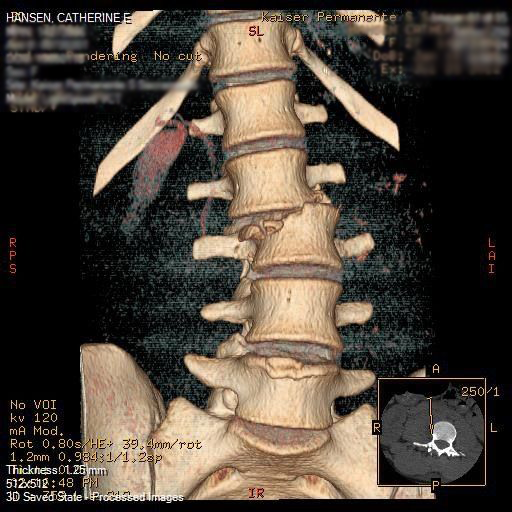
Time slowed down as I assessed my situation, thinking through the options from a short list of possible actions. I took the least terrible one, clipped the tail of the car, and was ejected from my bike. My leg was smashed on the way off the bike, ripping my left knee open through the joint and hitting my thigh so hard I still can’t feel a large portion of it. I went through a mailbox, shattering my left scapula and a lot of ribs which punctured my lung, collapsing it. I also hit a metal fence, fracturing C7, T1, T2, T3, T5, T8, T9, and L3.
I laid there taking in ragged breaths, sincerely regretting my nursing education. I knew I desperately needed help, and as I waited longer and longer, I started to wonder if the driver of the car was even going to come over at all. I was having trouble projecting my voice and my cries for help did not make it past the visor of my helmet. The driver finally came into my somewhat limited view, and I saw him stop in the middle of the road, put his hands on his head, and look around to see if anyone saw what was happening. He did not approach me, ask if I was alive, or come over to check.
My savior in this story is a woman who appeared at my side out of nowhere. She said she had called 911 and that help was on the way. She held my hand and asked me my name. Each breath took effort to draw in, and could only manage a few short words. “Katie.” I replied.
I had a chest tube in for five days and spinal surgery fusing my L2-4 with two rods and six pins. I was also told that I would never skydive again. This “prognosis” made me furious. How dare they tell me what I was capable or incapable of? How could they possibly know my future without even inquiring about the physical demands of the sport I love?
While we never wish to be put in the dire situation to truly test what we are made of, I learned something valuable that day. I affirmed my resolve to recover from my injuries and to adopt a positive attitude despite somber circumstances. I was absolutely determined to take my quality of life back, and I wanted guidance to do it safely.
I wanted a healthcare team that was actually on my team. I was already under regular chiropractic care before my accident and knew the benefits of being a chiropractic patient. My chiropractor, a Life West graduate and close friend, listened to my goals. He adjusted me, worked on the scar tissue, and helped with nutrition. He believed in me.

A few years ago I was fortunate enough to meet a staff member from Life West who has a way of making people believe that they are capable of anything. When I told him my story and why chiropractic holds a special place in my heart, I was invited to speak at The Wave. It was there that I connected with the larger community of chiropractors.
The way I describe Life West to people is this; it’s an inspired movement of students and faculty on a mission to help others live to their highest potential, with the knowledge to enable their bodies to serve them to meet the challenge.
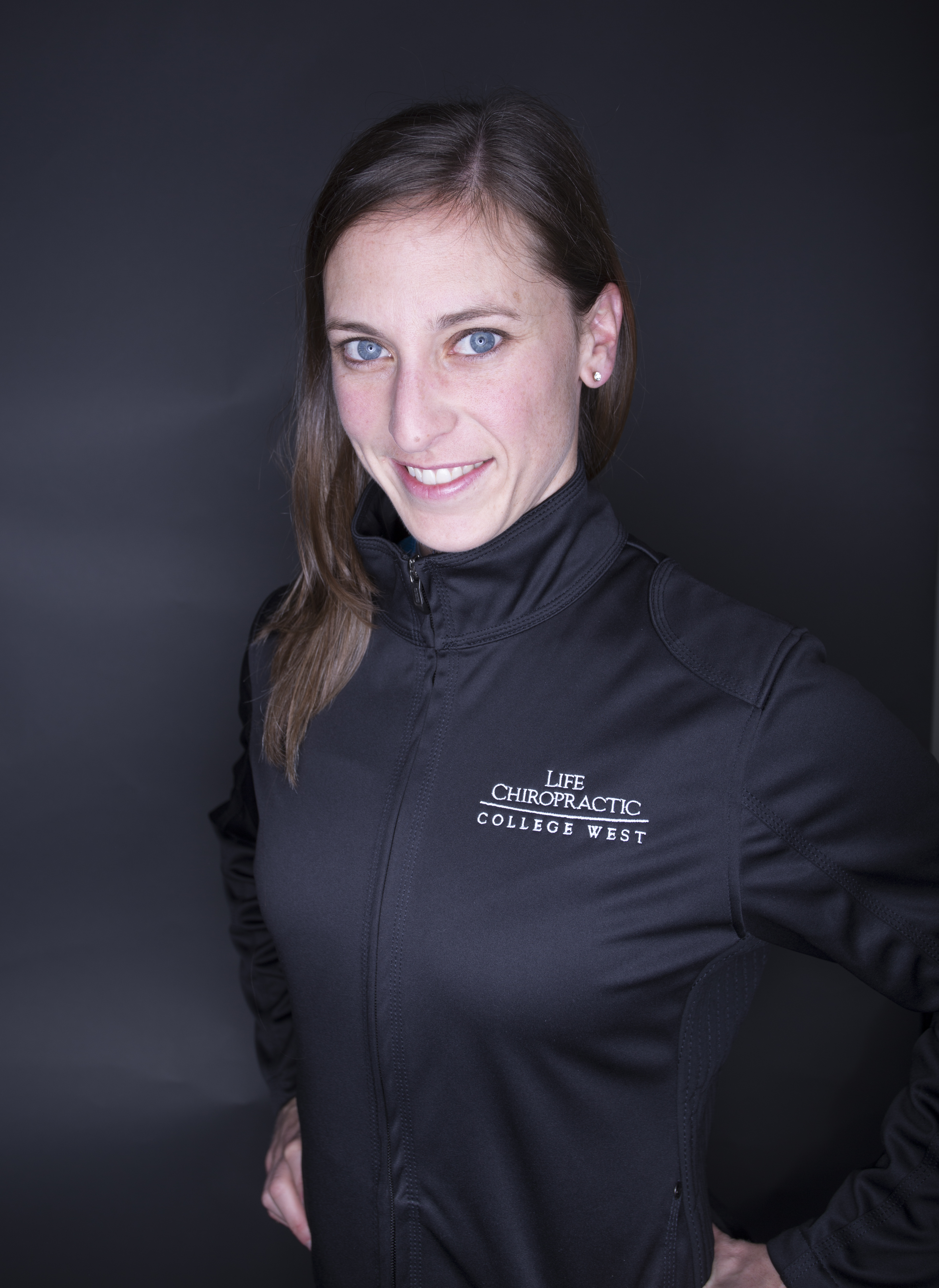 I want to inspire people to believe in themselves and I tell the world about Life West and the power of the chiropractic adjustment. We can all function at a higher level through chiropractic care. Now I work with Life West to help spread that message into the world.
I want to inspire people to believe in themselves and I tell the world about Life West and the power of the chiropractic adjustment. We can all function at a higher level through chiropractic care. Now I work with Life West to help spread that message into the world.




